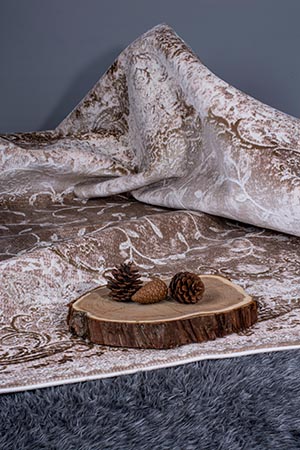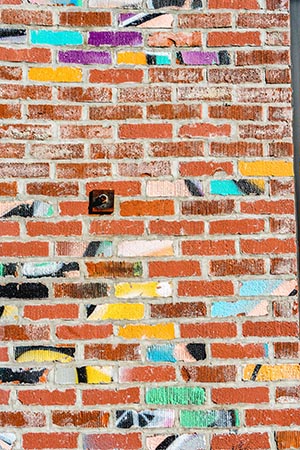
The history of Navajo rug making is a rich tapestry woven with tradition, culture, and artistry. The Navajo people have been creating intricate and beautiful rugs for centuries, using techniques passed down through generations.
Historically, Navajo rugs were made for utilitarian purposes, such as bedding or clothing. However, over time they evolved into highly sought-after works of art that are now prized by collectors around the world.
The designs found in Navajo rugs are often inspired by nature and the surrounding landscape. Traditional patterns include geometric shapes, animals, plants, and symbols that hold spiritual significance for the weaver.
One of the most distinctive features of Navajo rugs is their use of natural materials such as wool from sheep raised by the Navajo people. This wool is hand-spun and dyed using traditional methods to create vibrant colors that are unique to each rug.
Today, Navajo rug making continues to thrive as a vital part of Navajo culture and identity. While modern technologies have brought changes to the craft, many weavers still adhere to traditional techniques and patterns passed down through generations.
Navajo rugs are not just beautiful works of art; they are also a tangible connection to the past and a way for the Navajo people to preserve their heritage for future generations. Each rug tells a story – of tradition, craftsmanship, and resilience – that continues to be woven into the fabric of Navajo culture today.


